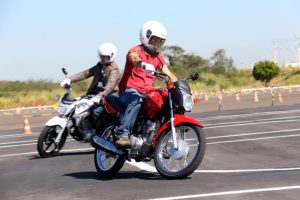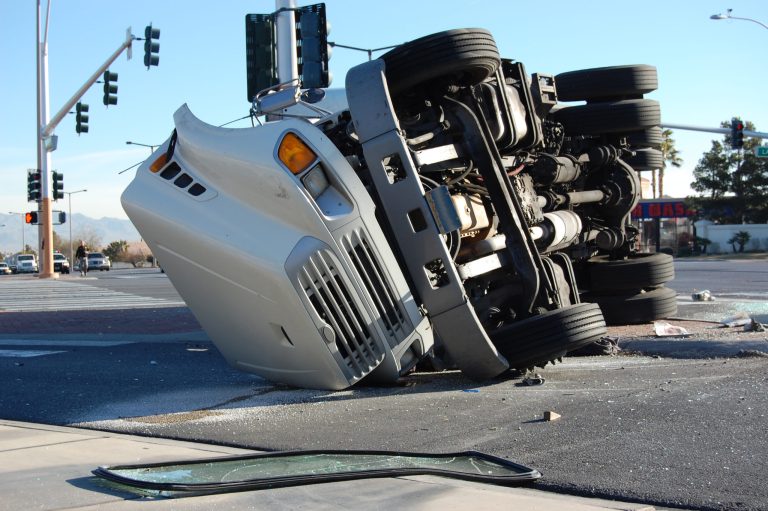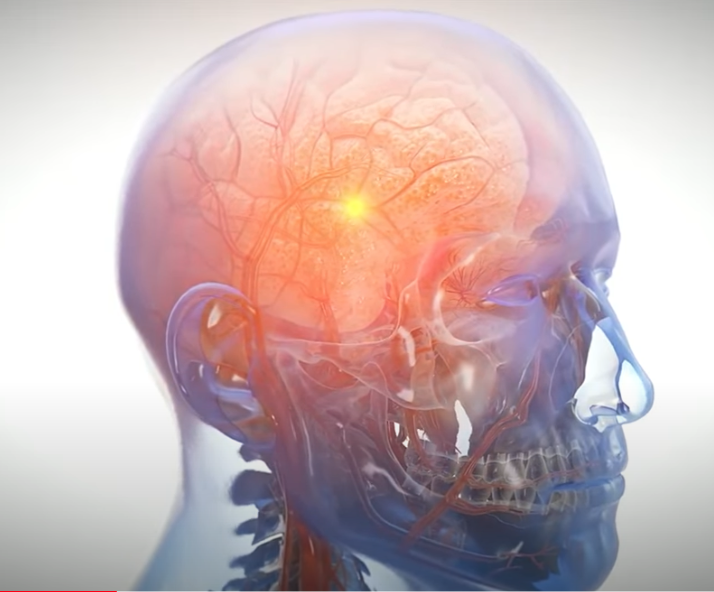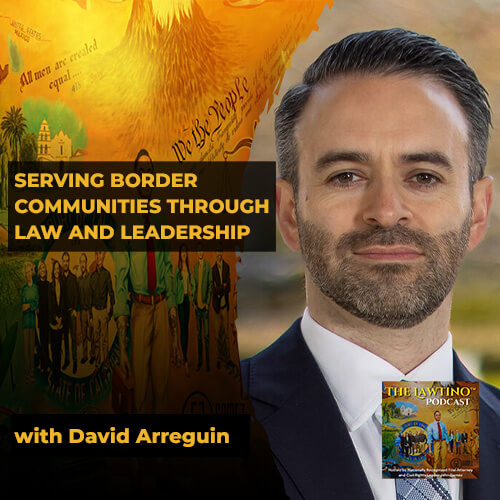 A California motorcycle license will allow you to travel California’s streets on a motorcycle. Minors who have reached the age of 15½ years old can obtain a motorcycle license in California, which means they can get a motorcycle license more easily than a traditional driver’s license. A motorcycle license can also allow for a cheaper, more eco-friendly transportation mode than a traditional passenger vehicle.
A California motorcycle license will allow you to travel California’s streets on a motorcycle. Minors who have reached the age of 15½ years old can obtain a motorcycle license in California, which means they can get a motorcycle license more easily than a traditional driver’s license. A motorcycle license can also allow for a cheaper, more eco-friendly transportation mode than a traditional passenger vehicle.
The Requirements to Get Your California Motorcycle License
To receive a California motorcycle license, an individual must:
Complete Adequate Motorcycle Training
You must first complete a California motorcycle training course, including both a behind-the-wheel experience and a strong understanding of the laws pertaining to motorcycles on California roads. California motorcycle riders must adhere to the same rules of the road as the drivers of passenger vehicles. In addition, operating a motorcycle often means carefully observing everything that takes place on the road around you to ensure that you do not get hit by a larger passenger vehicle.
Motorcycle use requires special training because of the increased likelihood of an accident when operating a motorcycle. Motorcycles have a higher accident rate than passenger vehicles on California roads. Proper training and information can help keep you and your passengers safe.
Motorcycle training may include:
- How to operate a motorcycle. You may learn how to safely turn, including navigating tight turns, and how to perform basic safety checks before getting on your motorcycle.
- How to increase safety on the road when riding a motorcycle. Safety for motorcycle riders is critical. Often, drivers of large passenger vehicles do not take adequate care when looking out for motorcycle riders. As a rider, you must improve your overall safety, including watching out for the movements of vehicles, staying out of blind spots, and drawing attention to yourself on the road.
- How to follow the rules of the road. In addition to reviewing protocols specific to motorcycles, you will go over the rules of the road and how they pertain to you as you operate your motorcycle.
Some training courses offer specific safety tests at the end that can allow you to skip the road portion of the test at the DMV. These courses often include more comprehensive training measures than other types of training courses. You may find these courses valuable in helping you learn advanced motorcycle safety.
Complete Your Application
To receive a California motorcycle license, you will need to fill out form DL44 or DL44C, which will certify your intent to operate a motorcycle in California.
If you want to get a motorcycle license as a minor under the age of 18, you will need a parent or guardian’s signature on the paperwork as well as your own. A parent or guardian’s signature shows that you have support to drive a motorcycle and that your parents will help ensure that you have insurance and the other things needed to operate the vehicle.
Pass a Vision Exam
You will need to show that you can see adequately to drive a motorcycle in California. If you need corrective eyewear, including contacts or glasses, you may wear that eyewear to take the test; however, you will also need to wear your contacts or glasses to operate a motorcycle safely.
Get Fingerprinted
To receive a California motorcycle license, you will need to have your fingerprints taken. The state will keep your fingerprints on file.
Pass Your Test
Finally, to get your license, you will need to pass the licensing test. Your motorcycle license test may vary slightly by county and testing location; however, regardless of where you take your test, you will need to show that you can drive your motorcycle safely and adhere to the rules of the road.
Pay Your Fees
As with any other license, you will need to pay your fees to receive your motorcycle license. You must renew your license every five years on or before your birthday. Keep your license renewed, since failing to do so on time can lead to expensive fines if you operate your motorcycle without it. If you allow too much time to lapse before renewing your motorcycle license, you may have to retake your safety test and go back through the rest of the process of applying for your motorcycle license.
Operating a Motorcycle on California Streets: Keeping Your License and Avoiding Fines
As you operate your motorcycle in California, you will need to adhere to basic regulations that will help keep you and any passengers safe. If you fail to adhere to the laws that govern motorcycle use throughout the state, you may find yourself facing expensive fines. If you continue to ignore the rules of the road, cause multiple accidents, or commit severe errors that could put you and others in danger, you may lose your motorcycle license and, therefore, your right to drive a motorcycle on California roads.
1. Always wear a helmet when operating your motorcycle.
California law requires motorcycle riders–including drivers and passengers–to wear a helmet every time that they ride their motorcycles. This includes both drivers and passengers, and riders over the age of 21 still have to wear a helmet to drive a motorcycle legally and safely. A police officer can pull you over for failing to wear your helmet.
Helmets help protect against a variety of injuries in a motorcycle accident. Most notably, motorcycle helmet use can substantially reduce the odds that you will suffer a traumatic brain injury in a motorcycle accident that involves trauma to the head. Even if you do suffer a head injury in the accident, you may suffer a less severe injury thanks to your helmet. Helmet use can also protect against neck and face injuries. By wearing a helmet, you can significantly reduce the medical bills potentially associated with your accident as well as the pain and suffering that you may face.
Head and neck injuries can cause life-altering consequences. Often, head injuries can result in a permanent loss of some executive functions. Neck injuries can lead to ongoing pain or, in severe cases, paralysis. By wearing a helmet, you can avoid these potential consequences and keep yourself safe every time you get on your motorcycle.
2. In California, you can legally split lanes. Make sure you do it safely.
California allows motorcycle riders to legally split lanes. Instead of having to wait for an entire lane to open up, motorcyclists can legally travel between lanes of traffic. Usually, motorcycle riders lane split in standstill traffic; while larger passenger vehicles may not move at all due to deadlock traffic, motorcycles can often slip through the gap and move safely. However, motorcycle riders should carefully consider the environment around them before lane splitting.
If you plan to split lanes:
- You should not lane split next to large vehicles, especially big trucks. Big trucks come along with big blind spots, which can make it very difficult for drivers to see your much smaller motorcycle. The motorcycle can quickly get lost in a truck driver’s blind spot. Not only that, but also big trucks may naturally have a certain amount of drift within their lanes.
- You should avoid lane splitting at high speeds or in poor weather conditions. Lane splitting can prove very dangerous in poor weather conditions or when traveling at high speed, since these hazards can significantly increase the risk of an accident.
While California law does allow lane splitting, motorcycle riders should carefully consider the safest way to reach their destination and the potential dangers associated with this practice before engaging in it. While lane splitting, you should still carefully adhere to other rules of the road and watch carefully for other drivers.
3. Adhere to all the traditional rules of the road.
As a motorcycle, you must follow many of the same rules that the drivers of passenger vehicles must adhere to on California streets.
All drivers in California should:
- Follow the posted speed limit. Sometimes, especially in good weather conditions, you may feel comfortable operating your motorcycle at a higher rate of speed than the one posted for passenger vehicles. You may need less room to maneuver and stop safely, so you may have a higher level of confidence than the average passenger vehicle driver. The posted speed limit, however, applies to all vehicles, including motorcycles. Avoid accidents and stay safe by adhering to the posted speed limit every time you operate your motorcycle.
- Stop at red lights and stop signs. You may not want to stop your motorcycle at a red light or stop sign, especially on a hot summer day or if you’re feeling tired after a long ride. That stop, however, gives you time to look around and make sure that you can proceed safely. Do not speed through an intersection or ignore red lights and stop signs. Instead, make sure you come to a full stop and observe everything around you before proceeding through an intersection.
- Yield to oncoming traffic. Your motorcycle can speed up quickly and fit into small spaces. You may, as a result, feel that you can easily zip through a small space in traffic or avoid an oncoming vehicle by going around it. Unfortunately, this method may lead to accidents that result in severe injuries. Instead, yield to oncoming traffic. Wait for adequate space in traffic before moving forward.
4. Do not ride your motorcycle on sidewalks or through park paths.
Most of the time, you cannot legally operate motorized vehicles, including motorcycles, on park paths. You should also keep your motorcycle on the road. Sidewalks allow for a higher level of safety for pedestrians. Operating your motorcycle on the sidewalk can pose a high level of danger to pedestrians on the sidewalk.
5. Follow any restrictions that go along with your permit.
When you first get your motorcycle license, as a young driver, you may have specific requirements regarding the number of passengers you can carry, whether you can drive on the freeway, and whether you can drive at night. These restrictions help keep you safe while you build experience behind the wheel. Some exceptions to these rules may apply based on your household and the specific requirements of your license.
6. Make sure you carry minimum liability insurance.
Insurance can help provide vital financial protection if you cause an accident on your motorcycle. Discuss your insurance options with your agent carefully. In addition to carrying minimum liability insurance, which will allow you to pay for any damage you cause to another vehicle and pay for medical expenses for anyone injured in that accident, you may want to carry additional coverage for your motorcycle. Uninsured motorist coverage, for example, can cover your vehicle if you get into an accident with a driver who does not carry insurance.
Underinsured coverage can help provide additional protection for an expensive bike if the liable driver does not carry adequate insurance to cover your damages. You may also choose to carry comprehensive or collision coverage, both of which will help pay for repairs or replacement of your motorcycle regardless of who causes an accident. Make sure you carry adequate insurance for your needs. Consider what you would do if something happened to your motorcycle, then choose coverage accordingly.

If you suffer injuries in a motorcycle accident, you may seek compensation for the damage to your bike and for your injuries. A motorcycle accident attorney can help you better understand your legal rights. Most attorneys offer free consultations, during which you can discuss the details of your accident and determine your eligibility to seek compensation for your injuries. Contact an attorney as soon after your accident as possible to learn more about your rights and how to file a motorcycle accident claim following your California motorcycle accident.
Gomez Trial Attorneys
655 West Broadway, Suite 1700
San Diego, Ca 92101
619-237-3490







